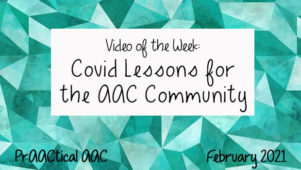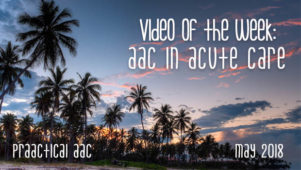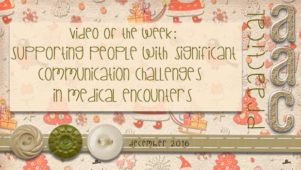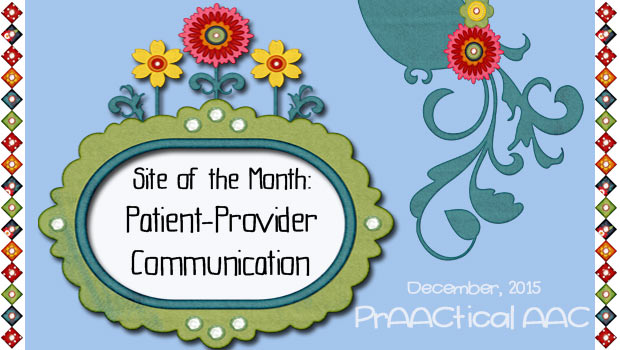Fast FAACt Friday: How Much Time Do SLPs in Healthcare Settings Spend on AAC Services to Children?
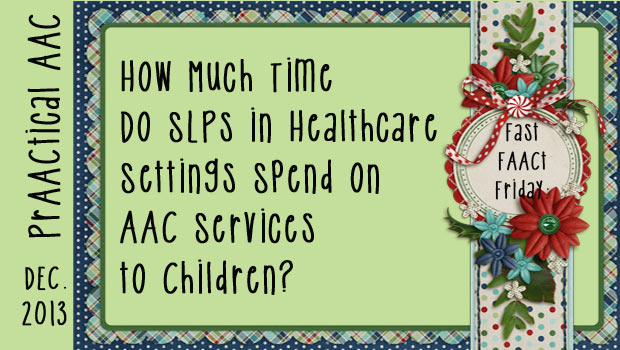
In the US, you’d be hard pressed to find a graduate program in SLP that didn’t have required courses in fluency and voice disorders. Only a minority of SLP programs, though, require students to take a course in AAC.
How does this compare to the needs in the field? Not so well, in our humble opinion.
ASHA’s 2013 SLP Health Care Survey obtained responses from more than 800 SLPs who work with children in healthcare settings, such as hospitals, outpatient clinics, and home health. On average, they spent more time on AAC services than on services for fluency, voice, or resonance disorders. When asked what percentage of their time was spent providing services in different categories, here’s what the participating SLPs reported:
- AAC: 5.5%
- Fluency: 3%
- Voice: 2%
- Resonance: 1.3%
We acknowledge that requiring graduate students to take courses in specific disorder areas isn’t the only way to help them build knowledge and skills those areas. But it’s a start.
American Speech-Language-Hearing Association. (2013). ASHA SLP Health Care Survey 2013: Caseload characteristics. Available from www.asha.org.
Filed under: PrAACtical Thinking
Tagged With: healthcare
This post was written by Carole Zangari

